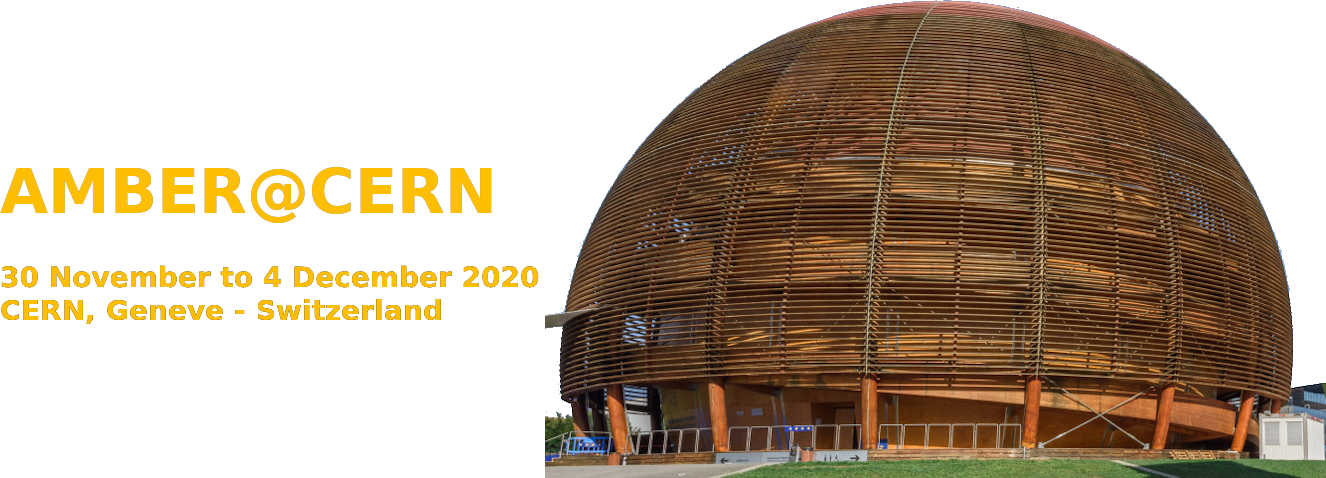Attention: This follow-up workshop will take place by videoconference only.
Due to the health emergency related to the Coronavirus outbreak (COVID-19), this event is by videoconference only.
---------------------------------------------------------------------------------------
The origin of the bulk of visible mass in the Universe is still unknown. Contrasting to the massiveness of the proton, the pion appears as unnaturally light, although both are of composite nature. This dichotomy forms a key part of the conundrum of “Emergence of Hadron Mass”. The mechanism responsible for the generation of mass is the dynamical breaking of the scale invariance in Quantum Chromodynamics; and measurements of parton distribution functions (PDFs) are sensitive to this effect and its corollaries.
PDFs can be experimentally accessed via deep inelastic scattering, by pion and kaon-induced Drell-Yan interactions, charmonium production at moderate energies and hadro-production of direct photons. Remarkable theoretical progress has been achieved during the last decade. The resulting predictions require confrontation with accurate experimental data, like those that would become available at the AMBER experiment, very recently proposed at CERN. The prospects opened by the AMBER proposal provide now the opportunity for reviewing the present theoretical understanding of the Emergence of Hadron Mass, in order to harden and extend the list of experimental observables accessible at AMBER.
This Theory Initiative will join theorists from high-energy nuclear and particle physics, in a dialogue with the experimentalists, addressing the origin of hadron masses. This workshop is a follow-up of those held in December 2019 (https://indico.cern.ch/event/868625/), March/April (https://indico.cern.ch/event/880248/) and in August (https://indico.cern.ch/event/940450/). It is meant to continue a collaborative effort between the experimentalists proposing this new measurement campaign, the phenomenologists doing global data analyses for parton distributions, and hadron-structure theorists.
